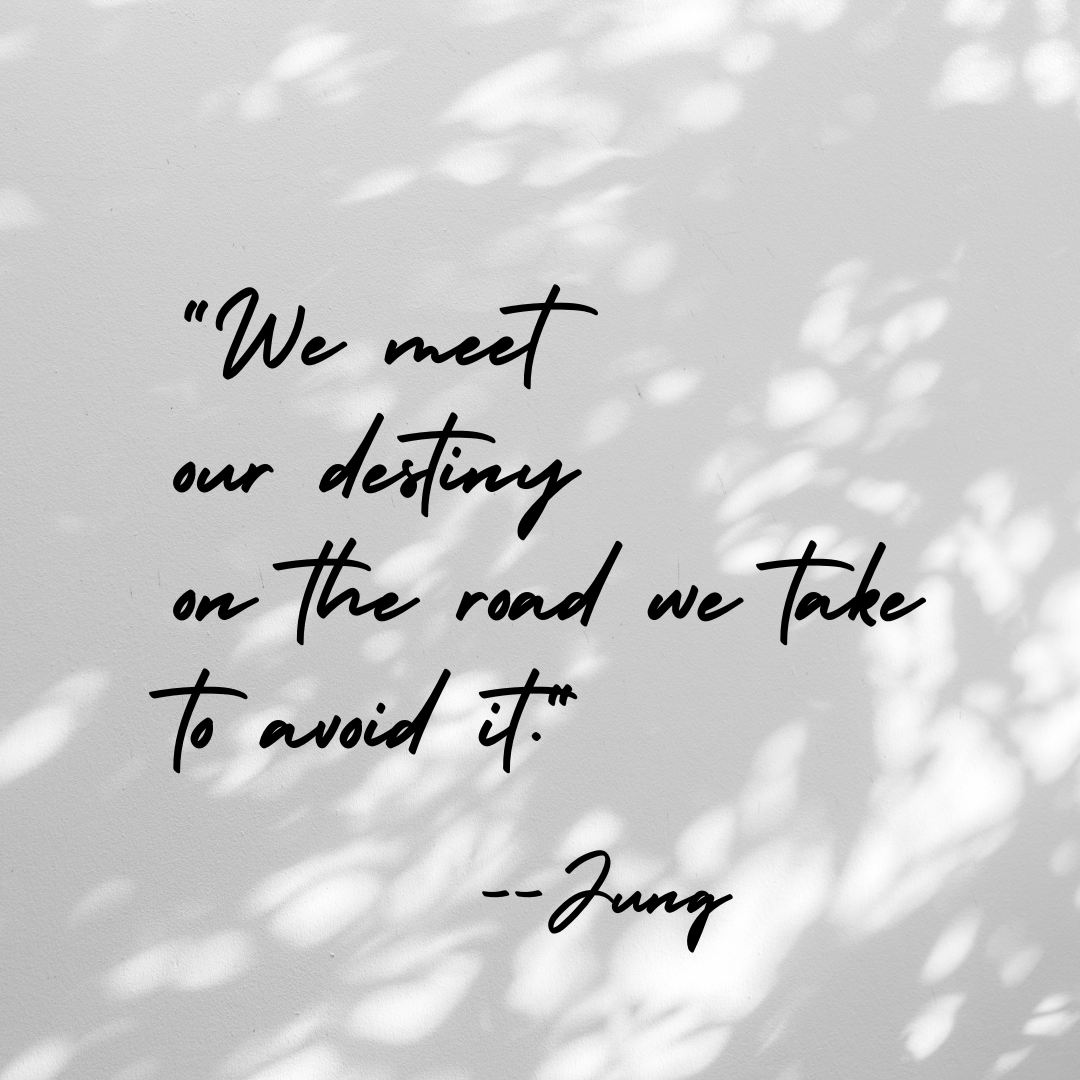Super excited that my article, “Hop on Your Horse and Gallop Back in Time: 4 Strengths of Historical and Time-Travel Stories,” was published today at Women on Writing.
Image courtesy of unsplash.com and Kayla Koss
Care to learn more and explore this fun subject as you create your own stories? Ta-da! My latest online class, Leaping Worlds, begins on Friday, September 30th and is is open for sign-ups now.
Read on for my article:
”Hop on Your Horse and Gallop Back In Time: 4 Strengths of Historical and Time-Travel Stories”
By: Melanie Faith
Creating characters whose lives take place in another time can be one of the most enlivening and meaningful writing experiences an author can have. Let’s take a look at four assets writing these stories can bring into the lives of writers and readers alike.
Historical fiction offers maximum flexibility in developing the protagonist. There is no one cookie-cutter image for who the protagonist of your story might be. There are historical fiction main characters of all ages, backgrounds, and nationalities. Protagonists can live in literally any place and time (or multiple places and times, should you choose a time-travel tale) that you can imagine and recreate. You even have the flexibility to braid the stories of multiple protagonists within this genre.
Historical fiction protagonists in all types of narratives must have a purpose for being in the story, and that purpose is to inspire change through their actions; to be changed by events, people, or the place(s) where they live; or (ideally) both. All you need to get started is a setting, a time, and a protagonist with a big obstacle to push up against that’ll impact them and the wider world for days, years, or perhaps even decades to come!
This genre also offers great flexibility of era. Have you always had a passion for the Roaring ‘20s or an interest in ancient Rome? What about a predilection for the early days of TV? Or even (gulp!) the early days of the internet? All include history well worth exploring. Whether a story is set two thousand years ago or twenty-five years ago, the past is at the core and the story is literally limited only by any era or eras that suit your fancy. A great deal of the fun in preparing to write, drafting, and editing within this genre is researching music, clothes, expressions and idioms, and more from the epoch you’ve chosen.
Photo courtesy of Pixabay at Pexels.com
Historical fiction is not a one-trick pony when it comes to styles and formats. Variety, thy name is this genre! Whether you want to pen a magnum opus novel or a flash fiction of a mere 45 words, there’s a style and a format to fit every writer and every project. Great historical fiction time-travel stories, for instance, can be told within a chapbook of stories connected by character or by place or by era, in a novella of a few thousand words (I had a fun time a few years ago writing a Regency novella, Her Humble Admirer, which in the tradition of many historical romance writers, I pen named), or equally well in linked historical-fiction poems (I wrote a collection of thematic poems set in 1918 a few years ago called This Passing Fever ). Historical fiction and time-travel stories also lend themselves well to creating a series. Want to write books about three cousins during the American Revolutionary War: one a Loyalist, one a Patriot, and one a pacifist? A series is born; go for it. Historical fiction allows for great versatility in how stories can be connected, divided, and crafted for maximum reader (and writer) interest.
At its best, historical fiction sheds a light not only on another time but also on our modern lives. These stories can make us reflect on how far our lives have come and on how far we might go. They can remind us of our own struggles and hopes and setbacks, and they have the power to entertain us as well. That’s a lot of reading happiness in one literary package!
Try this prompt: Pick a place, a time, and a protagonist. Your protagonist can be a real historical person or a completely fictional person. You don’t need to know everything—or even a lot—about your main character at this point: a name and an initial detail or two will do, even if you end up changing these details later. What does the protagonist, place, or era need the most that it doesn’t have yet? Who or what is blocking positive change? What most excites you to write about this era? Write for twenty minutes. Go!





